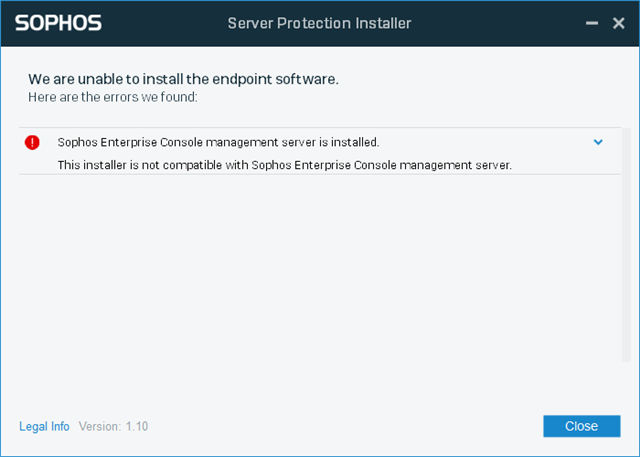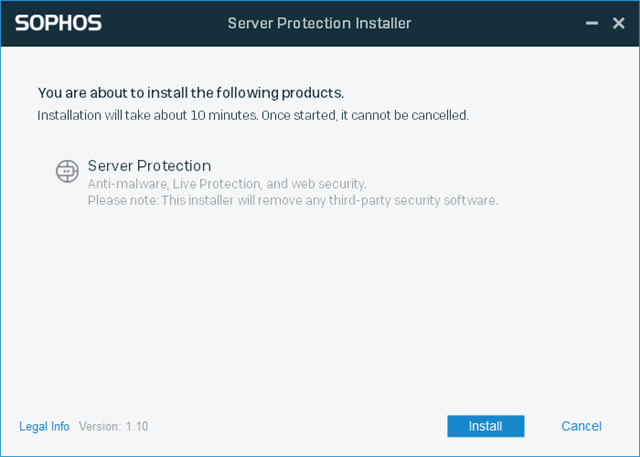Hi
I am trying to install Central endpoint server on a Windows Server 2012 Standard system, but I get the below message

SEC is NOT installed on this server. It was at one point but was removed some time ago.
No services are lingering, reg keys have been cleaned out and there is no trace in program files folders or program data folders.
Logs attached.
Can anyone advise please?
Thanks.
Dan.
This thread was automatically locked due to age.




